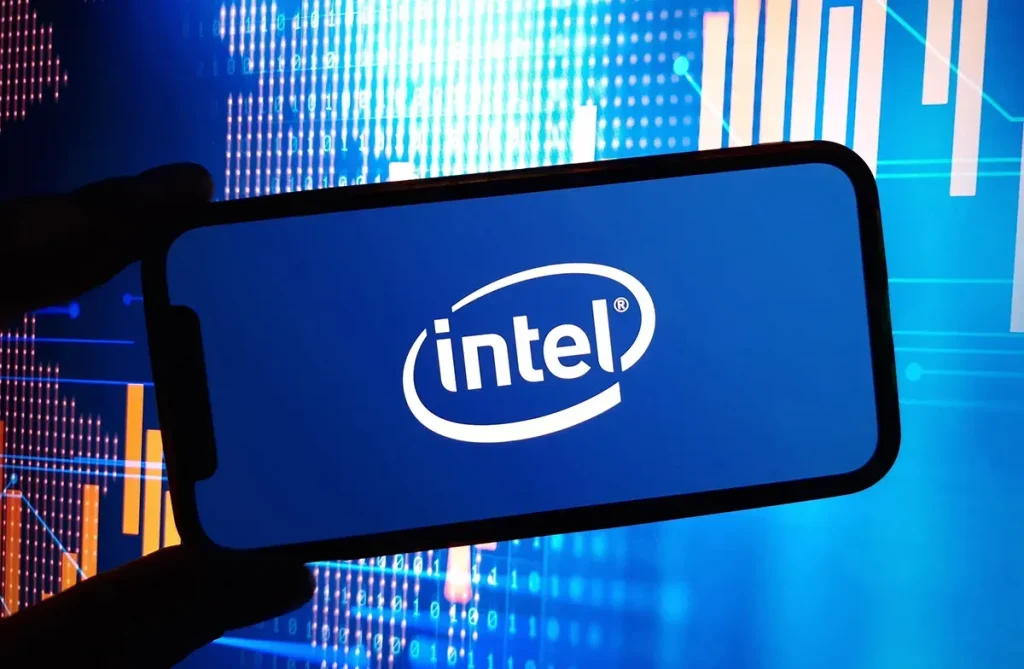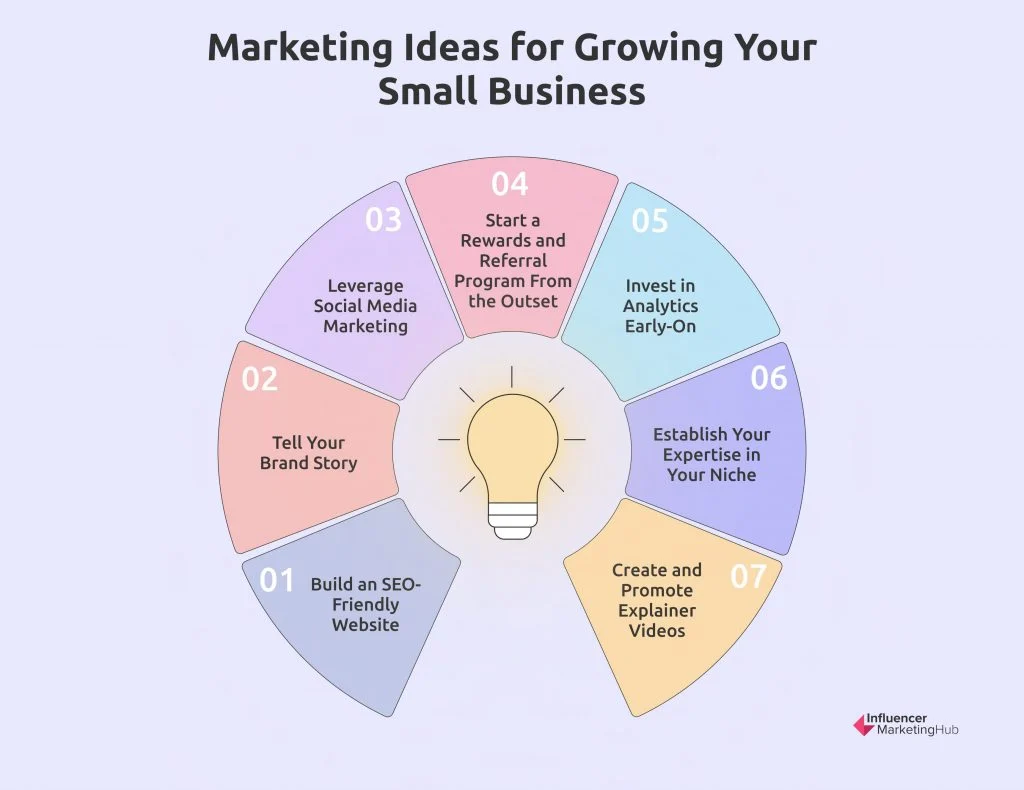Intel chipmaker challenges are coming to the forefront as the tech giant grapples with fierce competition in the evolving landscape of artificial intelligence (AI). Once hailed as the most valuable U.S. semiconductor company, Intel now finds itself contending with rivals such as Nvidia, which have capitalized on the AI boom. The new CEO, Lip-Bu Tan, is navigating a complex environment marked by accusations of past mismanagement and missed opportunities that have hindered Intel’s competitive edge. As the company works to pivot towards innovation, analysts speculate on the effectiveness of Tan’s strategies amidst declining market value and performance. The rise of AI technology not only challenges Intel but reshapes its historical positioning in the semiconductor industry, reminding stakeholders of the urgent need for a renewed focus on groundbreaking products that can rival offerings from competitors like Nvidia and AMD.
At a critical crossroads in its trajectory, Intel faces significant hurdles as it strives to maintain its relevance in the semiconductor sector. The company’s legacy as a pioneer in chip manufacturing is being tested by aggressive contenders like Nvidia and AMD, both of which have developed specialized AI solutions that are reshaping market expectations. Following a series of management transitions, the latest CEO, Lip-Bu Tan, is pushing for an urgent strategic overhaul to reclaim Intel’s standing in an increasingly competitive landscape. With a need to streamline operations and refocus investments, Tan’s leadership aims to address the blunders of the past that saw Intel’s innovations lag behind the rapid advancements made by its rivals. As the dynamics of the tech industry continue to evolve, it remains to be seen how Intel can leverage its extensive experience to overcome these formidable challenges and redefine its future.
Intel Chipmaker Challenges: A Continuous Evolution
As Intel navigates a complex landscape marked by rising AI competition, the challenges it faces as a chipmaker are multifaceted. Intel’s historical leadership position has been threatened by aggressive rivals like Nvidia, which have not only excelled in chip performance but have also capitalized on the AI boom, showcasing innovation that Intel has been slow to match. These challenges are not merely recent; they stem from a series of missteps including production delays and miscalculations in market demands, such as missing out on the opportunity to supply chips for the first iPhone. This oversight ultimately propelled competitors into the spotlight, raising questions about Intel’s continual relevance in the fast-evolving tech landscape.
In response to these intensifying challenges, Intel is undergoing significant strategic shifts under the new leadership of CEO Lip-Bu Tan. His candid acknowledgment of previous shortcomings aims to realign the company’s aspirations with market realities. Tan’s commitment to investing strategically in foundry operations, particularly to regain ground lost to TSMC, underscores a decisive pivot for Intel. Furthermore, the necessity of making every investment economically justify its returns reflects a landscape where merely having a historical legacy is insufficient. Thus, as Intel grapples with its chipmaker challenges, the need for agile decision-making and rapid innovation has never been more paramount.
Innovation and Intel: Historical Insights
Intel’s illustrious history is fraught with landmark innovations that once placed it at the forefront of the technology sector. Founded in 1968, Intel brought forth groundbreaking products, such as the first commercially available microprocessor, which set the stage for the modern computing era. These early successes saw Intel’s market value reach astronomical heights during the dot-com boom, underpinning its reputation as a pioneering chipmaker. The legacy of founders Robert Noyce and Gordon Moore highlights the company’s incredible contributions to semiconductor technology; their ideas and vision established pillars that other tech giants strive to emulate today.
However, as the company transitioned through various market phases, its failure to adapt quickly enough to emerging technologies, particularly in AI, has created a divide between Intel and its newer competitors like Nvidia. The steady decline in its stock price and the significant losses recorded in recent years reflect just how critical timely innovation is for maintaining relevance in the tech sector. Analysts suggest the company’s historical missteps—notably missed opportunities and delayed responses to market shifts—have been detrimental to its standing in the semiconductor industry, which serves as a cautionary tale for many tech firms.
The Competition Landscape: Intel vs. Nvidia
In the escalating battle for dominance in the AI chip market, the rivalry between Intel and Nvidia serves as a focal point of industry discussions. With Nvidia’s market valuation soaring to over $4 trillion, the stark contrast to Intel’s roughly $87 billion underscores the urgency for Intel to reinvigorate its product offerings and capture market share. The success of Nvidia’s GPUs in training AI models and their applications across data centers and digital infrastructures has positioned the company as a leader in the new era of technology, while Intel finds itself scrambling to catch up after years of lagging behind in innovation.
Intel’s competitive approach, however, is multifaceted. The new CEO’s plan to streamline operations and focus on profitable products reflects a systematic effort to realign Intel with market expectations. While Nvidia gains ground through its specialized chips, Intel aims to leverage its established relationships and experience in semiconductor manufacturing to develop AI-integrated processors that meet modern demands. The competition between these two industry heavyweights not only highlights the rapid transformation of technology but also emphasizes the importance of strategic foresight and the agility to pivot in a market that changes at lightning speed.
Strategic Leadership: Intel’s New CEO
The appointment of Lip-Bu Tan as Intel’s new CEO marks a pivotal moment in the company’s leadership trajectory. Tan’s extensive experience in technology and management comes at a time when Intel desperately needs a strategic refocus on innovation and competitive positioning. His predecessor, Pat Gelsinger, attempted a sweeping turnaround that ultimately fell short, illustrating how critical leadership is to managing large-scale corporate transformations. Tan’s approach, characterized by a willingness to confront the company’s past missteps directly and implement cost-cutting measures, aims to stabilize Intel’s foundational business while fostering an environment conducive to innovation.
Tan’s emphasis on economic accountability, as illustrated by his comments regarding investment scrutiny, is reflective of a new operational philosophy that deviates from the previous era’s ‘growth at all costs’ mentality. Recognizing the significance of aligning company values with market realities is essential in an industry that faces constant disruption. Moving forward, Tan must navigate these challenges with agility, prioritizing research that fuels Intel’s capacity to deliver cutting-edge products while balancing immediate financial pressures.
Intel’s Semiconductor Legacy: A Double-Edged Sword
Intel’s storied legacy in the semiconductor field is both a source of pride and a double-edged sword. Established as a titan in the industry with numerous pioneering inventions, Intel became synonymous with computer technology, shaping how computing devices were built and used across the globe. Yet, this rich history also poses challenges as the company seeks to redefine its future. With many of its processes rooted in traditional semiconductor manufacturing, adapting to contemporary demands and innovations has proved increasingly complex, leaving Intel vulnerable to competitors who have embraced faster change.
The task ahead for Intel is to leverage its foundational knowledge while embracing advanced technologies that meet current market needs. As the semiconductor industry evolves further towards AI and other sophisticated applications, Intel’s legacy must not only inform future innovations but also inspire a commitment to agility. The historical knowledge present within the company can serve as a powerful asset in navigating the intricate pathways of emerging technology trends, reinforcing Intel’s commitment to remain an influential player in tomorrow’s semiconductor landscape.
Economic Viability: Challenges Ahead for Intel
With Intel facing increasing financial challenges, questions regarding its economic viability are becoming more pronounced. As outlined in recent reports detailing substantial losses and declining market value, stakeholders are calling for a nuanced understanding of the company’s fiscal strategies. The decision to lay off thousands and implement cost-cutting measures stems from a recognition that past spending practices have not yielded the expected returns. The scrutiny over expenditures, coupled with the urgency of devising plans that stabilize the company financially, forms a critical pivot point for Intel’s future.
Investing wisely in semiconductor technologies that show promise for growth will be key to Intel’s turnaround efforts. With an increasing emphasis on profitability rather than mere expansion, the focus must shift towards fostering innovations that will resonate with market demand. Success in these efforts will not only define Intel’s economic health but also determine its long-term position amid fierce competition in a rapidly evolving tech environment.
Future Trends: Intel’s Place in AI Manufacturing
As the AI sector continues to expand, the integration of Intel’s manufacturing prowess with cutting-edge technologies poses both opportunities and challenges for the future. Intel has historically enjoyed an influential role in semiconductor manufacturing, which provides a robust platform for developing new AI-centric solutions. By harnessing the power of AI, Intel can potentially revolutionize its product lines and regain its competitive edge against rivals like Nvidia and AMD, who have carved out significant market segments in AI applications.
However, Intel must first overcome internal hurdles and ensure its manufacturing capabilities can keep pace with the fast-developing AI landscape. This includes refining production processes to prioritize efficiency and innovating new products that can address evolving demands in machine learning and data analytics. The intersection of AI and manufacturing represents a critical frontier for Intel, where successful navigation could redefine its legacy and secure its relevance against a backdrop of fierce competition.
Navigating Investor Confidence: Rebuilding Trust in Intel
The rebuilding of investor confidence in Intel is a critical component of the company’s strategy moving forward. Given its historical significance in the tech industry alongside the recent downturn in market value, restoring trust among investors requires measurable and verifiable improvements in business practices and outcomes. Transparency regarding operational changes, the effectiveness of new leadership, and consistent performance improvements in quarterly results will be vital. Intel must demonstrate that it can navigate its challenges proactively in order to earn back credibility in the eyes of the market.
Moreover, maintaining a focus on investor relations and strategic communication can help shape perceptions positively. As Intel combats the narrative of decline, showcasing its renewed commitment to innovation and profitability will be essential. Clear messaging about future plans, particularly in areas that emphasize growth potential within the burgeoning AI field, can play a decisive role in encouraging confidence back into Intel’s stock. Investor sentiment often sways significantly based on perceived stability and foresight; hence, Intel’s leadership must remain vigilant in ensuring that all avenues of engagement reflect its commitment to recovery and growth.
Understanding the Competitive Dynamics in Semiconductors
The competitive dynamics in the semiconductor market have shifted dramatically, with players like Nvidia and AMD gaining ground at Intel’s expense. This emerging landscape, characterized by rapid advancements in AI technologies, has compelled incumbent leaders to reassess their strategies and offerings. As each company carves out niches that respond to the demands of an increasingly tech-driven world, understanding the competitive landscape is essential for Intel to formulate effective operational tactics. The interplay of specialized chip design and manufacturing capabilities will define the future trajectories of key players, necessitating agile adaptations from all parties.
Intel’s historic approach to semiconductor production, which focused on broad applicability across diverse applications, must now evolve. This requires a keen awareness of niche markets that competitors are beginning to dominate, especially in AI and gaming hardware. As technological demands diversify, Intel’s strategies must integrate insights gained from competitor movements and aim to leverage its established reputation in the semiconductor space while innovating to maintain relevance. Intel’s ability to understand and react to these competitive dynamics will be paramount as it strives to reshape its identity in a quickly changing market.
Frequently Asked Questions
What are the main challenges Intel chipmaker faces in the AI competition?
Intel chipmaker faces significant challenges in the AI competition, primarily due to delayed innovation and manufacturing setbacks. As rivals like Nvidia surge ahead with specialized AI chips, Intel struggles to keep pace. The company’s new CEO, Lip-Bu Tan, acknowledges these hurdles, stating that Intel has been slow to adapt and meet market needs, leading to a decline in market value and lost opportunities in the rapidly expanding AI sector.
How is Intel CEO Lip-Bu Tan addressing Intel’s chipmaker challenges?
Intel CEO Lip-Bu Tan is tackling the chipmaker challenges by cutting costs and refocusing the company’s manufacturing strategies. He aims to address historical management missteps by prioritizing economic sense in investments and streamlining operations. Tan’s leadership comes after Intel faced significant losses and competition issues, particularly with AI developments from rivals like Nvidia.
What historical factors contributed to Intel’s current chipmaker challenges?
Intel’s current chipmaker challenges can be traced back to several historical factors including missed opportunities in the early 2000s, production delays, and incorrect market predictions. One crucial misstep was Intel’s failure to supply chips for the first iPhone, which allowed competitors such as Qualcomm to gain market share. These decisions have compounded over time, leading to a weakened market position.
In what ways is Intel competing with Nvidia in the semiconductor industry?
Intel is competing with Nvidia in the semiconductor industry by investing heavily in its foundry business, aiming to replicate Nvidia’s success with AI-focused chips. While Nvidia excels in AI model training, Intel is focusing on technological advancements to regain market share and innovate its product lineup. CEO Tan recognizes the urgency and is restructuring operations to boost competitiveness.
What strategies is Intel implementing to improve its market value amidst chipmaker challenges?
To improve its market value, Intel is employing strategies such as significant cost-cutting measures and reevaluating its investment focuses. CEO Lip-Bu Tan has emphasized that every investment must be justifiable, reflecting a shift in approach after years of financial trouble. Additionally, Intel is prioritizing the efficient development of specialized chips to meet rising demand in AI and other tech sectors.
How does Intel’s semiconductor history impact its current competitive position?
Intel’s rich semiconductor history, marked by innovations and industry leadership, now impacts its competitive position by setting high expectations. However, its past missteps—including delayed technologies and missed market opportunities—have contributed to a weakened status against rivals like Nvidia and AMD. Recognizing this historical context is essential for understanding Intel’s ongoing challenges in the current market landscape.
What are the implications of Intel’s delayed manufacturing processes on its competition with Nvidia?
Intel’s delayed manufacturing processes have significant implications for its competition with Nvidia, as these delays hinder the company’s ability to launch cutting-edge AI products. Nvidia has capitalized on this gap, drastically increasing its market value while Intel struggles to regain traction. The inability to meet production timelines has resulted in lost contracts and further diminished Intel’s standing in the semiconductor market.
Why has Intel’s stock price declined, and how does it relate to chipmaker challenges?
Intel’s stock price has declined due to a combination of chipmaker challenges including missed product launches, high operating losses, and intensified competition, particularly from Nvidia and AMD. The company’s inability to innovate rapidly in the AI sector has also contributed to investor concerns, reflecting a broader loss of confidence in Intel’s future profitability and competitiveness.
| Key Points | Details |
|---|---|
| Intel’s Historical Challenges | Intel, formerly the top U.S. chipmaker, has faced significant challenges including manufacturing delays, management errors, and missed opportunities in technology innovation. |
| Leadership Changes | The appointment of new CEO Lip-Bu Tan brings a focus on revitalization and cost-cutting strategies amid intensified competition. |
| Competition Shift | Competitors like Nvidia and AMD have surged, with Nvidia’s market valuation skyrocketing due to its AI-focused products, while Intel’s valuation has suffered. |
| Financial Performance | Intel reported substantial net losses in 2024 amounting to $18.8 billion, reflecting the ongoing financial struggles and the need for structural change. |
| Future Outlook | Despite its challenges, analysts remain cautiously optimistic about Intel’s strategic investments, especially in AI and foundry services. |
Summary
Intel chipmaker challenges are intensifying as the company navigates a critical phase in its history. Having once been the most valuable semiconductor company in the U.S., Intel faces fierce competition from rivals focused on artificial intelligence, notably Nvidia. Recent leadership changes aim to restore innovation lost to production delays and poor strategic decisions, prompting a cost-cutting approach under new CEO Lip-Bu Tan. Despite substantial financial setbacks, there are reasons for a cautious optimism regarding Intel’s adaptability and future potential in the semiconductor industry.



